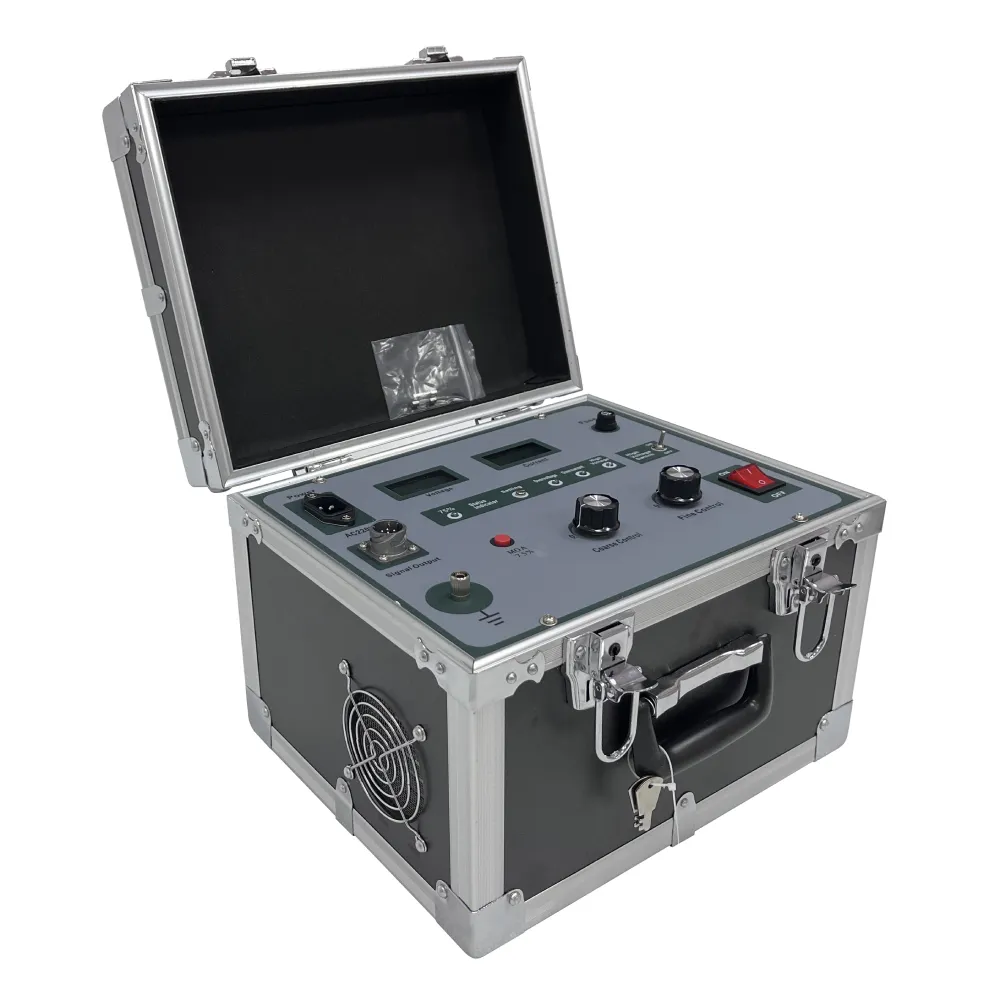 English
English


Equipment for Testing Contact Resistance in Electrical Connections and Components
Understanding Contact Resistance Test Equipment
Contact resistance testing is a critical process in ensuring the reliability and safety of electrical connections. This testing method is essential in various industries, including electrical engineering, telecommunications, and transportation. The equipment used for measuring contact resistance is vital for detecting potential failures and ensuring that electrical contacts perform within acceptable parameters. This article delves into contact resistance test equipment, its importance, features, and applications.
What is Contact Resistance?
Contact resistance refers to the resistance to electrical current flow through the interface of two conductive materials, typically where two components meet - such as connectors, terminals, or circuit breakers. It is a crucial parameter, as high contact resistance can lead to overheating, voltage drops, and ultimately device failure. Hence, measuring this resistance accurately becomes imperative to maintain optimal performance and safety in electrical systems.
Importance of Contact Resistance Testing
Contact resistance testing helps to identify issues that may not be visible during visual inspections. By determining the resistance level at contact points, technicians can ensure that connections are secure and functioning efficiently. Elevated resistance levels could indicate corrosion, poor mechanical connections, or even future failures, leading to costly downtime. Regular testing not only enhances the longevity of electrical systems but also ensures compliance with industry standards and regulations.
Types of Contact Resistance Test Equipment
There are several types of contact resistance testing equipment available on the market, each designed to meet specific testing requirements
1. Digital Micro-ohmmeters These portable devices are widely used for low-resistance measurements. They provide precise readings and are essential for testing connections in circuit breakers, bus bars, or any application requiring low resistance evaluation.
2. Watt-Ohm Meters These instruments combine resistance and power measurements to provide a more comprehensive understanding of how electrical components behave under load. They are particularly useful in evaluating high-current circuits.
3. Contact Resistance Analyzers Designed for more advanced applications, these devices can perform automatic tests, record data, and even generate reports for quality assurance purposes. They typically offer a variety of test modes and can store numerous test results for future reference.
4. Portable Continuity Testers While primarily used for checking circuit continuity, these testers can also provide basic contact resistance measurements, making them versatile tools for electricians and technicians.
Features to Look For
contact resistance test equipment

When choosing contact resistance test equipment, several key features should be considered
- Accuracy The precision of the measurement is paramount. Look for devices that offer high-resolution measurements with minimal error. - Ease of Use User-friendly interfaces and clear displays can simplify the testing process, especially in complex systems.
- Data Logging Some advanced models come with data logging capabilities, allowing users to store and analyze past measurements.
- Range of Measurement The equipment should support a suitable range for the specific applications, particularly if you are working with both low and high-resistance components.
- Portability Depending on the testing environment, portability may be a crucial aspect. Many modern testers are compact and battery-operated, which enhances their usability in the field.
Applications of Contact Resistance Test Equipment
Contact resistance test equipment is fundamental in numerous applications, including
- Electrical Utilities Ensuring that electrical substations and transmission lines operate without excessive resistance, which can lead to energy losses.
- Rail Transport Regular testing of electrical connections in trains to prevent failures that could disrupt service or compromise safety.
- Industrial Equipment Maintaining large machinery where multiple electrical connections are used, ensuring durability and performance.
- Telecommunication Systems Verifying the integrity of connections in various communication devices and networks to prevent downtime and service interruptions.
Conclusion
In conclusion, contact resistance test equipment plays a pivotal role in the maintenance and reliability of electrical systems across various sectors. As technology advances, these tools continue to evolve, offering more features and improved accuracy. By investing in quality contact resistance testing equipment, industries can enhance the safety, efficiency, and longevity of their electrical connections. Regular testing is not just a best practice, but a necessary step to prevent failures and ensure smooth operations.
-
Differences between open cup flash point tester and closed cup flash point testerNewsOct.31,2024
-
The Reliable Load Tap ChangerNewsOct.23,2024
-
The Essential Guide to Hipot TestersNewsOct.23,2024
-
The Digital Insulation TesterNewsOct.23,2024
-
The Best Earth Loop Impedance Tester for SaleNewsOct.23,2024
-
Tan Delta Tester--The Essential Tool for Electrical Insulation TestingNewsOct.23,2024





